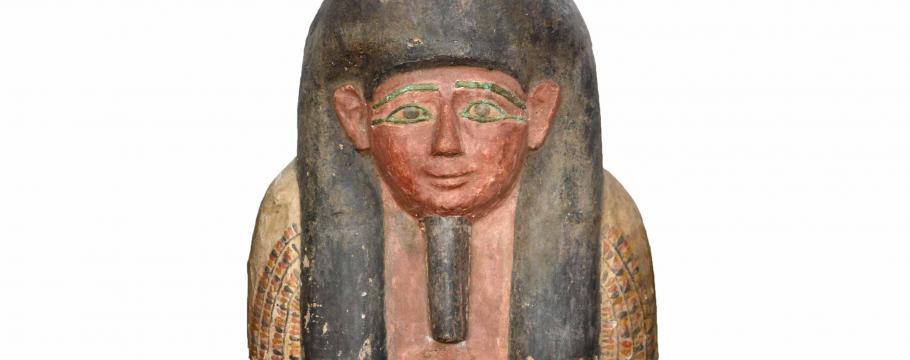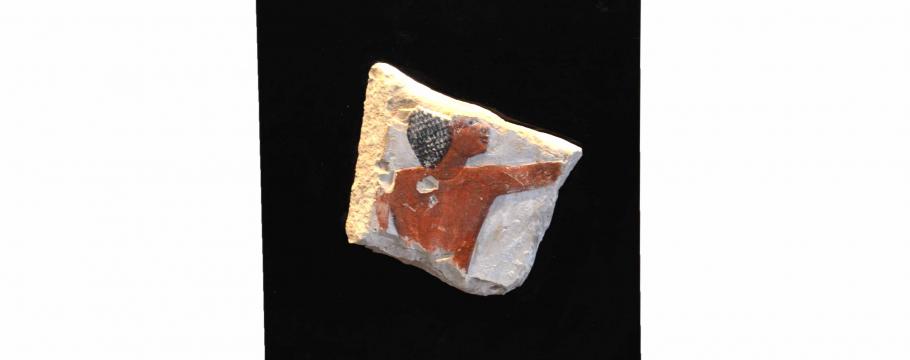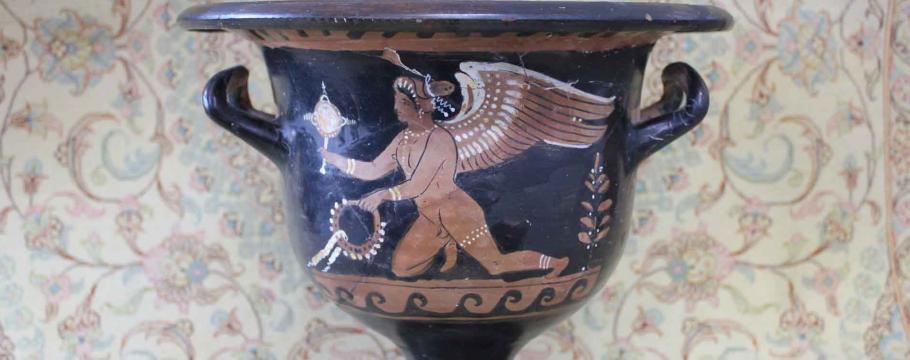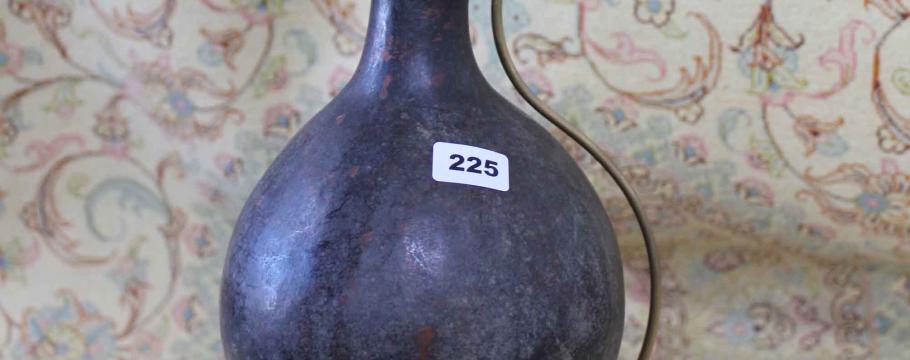





An auction feast of antiquities
Author: Richard Brewster | Posted: 18th July, 2017
A huge line up of antiquities is a striking feature of Kim’s Auctions forthcoming sale from 111am Sunday July 23 at 327-329 Warrigal Road, Burwood in Victoria.
One of the major highlights is the upper section of an Egyptian cedar wood and bronze inlay anthropoid sarcophagus lid about 600B.C. from the Late Period Dynasty XXVI.
A solid cedar casing for a nobleman, the sarcophagus is gesso covered and painted with a black tripartite wig, visage in red – the lips drawn into a slight smile above a rounded chin and false beard.
A similar figure was sold two years ago by Sotheby’s New York for $45,000.
Originally belonging to Czechoslovakian diplomat Stansilav Kovar (1889-1962), who assembled his collection of antiquities while Consul General in Alexandria Egypt from 1934-1947, in 1970 this particular figure was brought to Melbourne as part of a container of his daughter Eva’s personal effects.
Kovar had kept extensive travel diaries, and written an unpublished book about Egypt, where he recorded the many people he had met including archaeologists, ethnographers and museum curators.
After his death, the family found Communist Czechoslovakia difficult and his granddaughter Ludmila moved first to Austria before coming to Australia and was later joined by her mother.
Another Egyptian antiquity up for grabs is a limestone wall fragment with a boatman carved in high relief from the New Kingdom circa 1570-1070B.C.
From 4th century B.C. ancient Greece comes a bell crater depicting on one side a lady holding a tambourine and on the other and a lady of fashion.
A Greek Lekanis, depicting a lady of fashion on both sides, from the same period is another drawcard.
Other antiquities include a fine Ptolemaic to Roman Period incantation papyrus depicting a multi layered frieze of deities and hieroglyphs circa 300B.C. to 100B.C. and used in ancient times as a protective object.
A 1950s West Papuan ceremonial lime gourd complete with wooden spatula and decorated with nassa shell is another interesting auction item.
Several intriguing fossils among the auction items could well fascinate amateur archaeologists.
From Gascoyne Western Australia comes Jimbacrinus bostocki, which had five arms lined with fine tentacle-like structures called pinnules.
From the broader family of crinoids, it used these unfurled arms to feed on small animals and particles in the water.
Jimbacrinus, which grew to about 22 centimetres, were abundant seafloor animals that lived in what is now Western Australia during the Permian Period.
Another fossil from Morocco is Temperoceras Orthoceras, a genus of extinct nautiloid cephalopod that lived during the Middle Devonian Period some 390 million years ago.
The auction also features a large sterling silver tureen from the 1830s to the 1880s.





